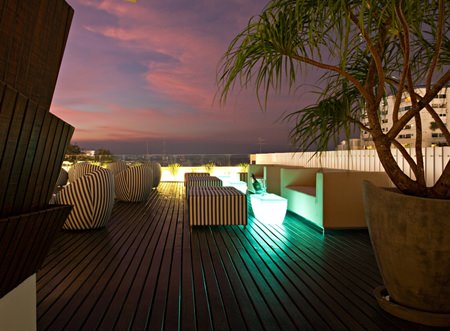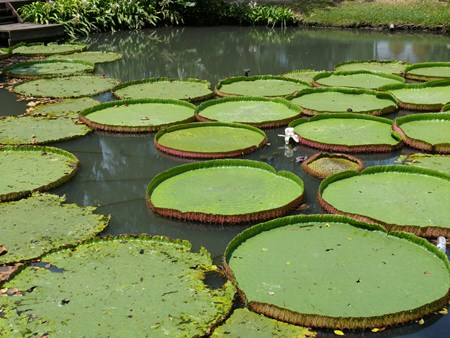There is only one totally accepted way of making a small fortune out of professional photography – and that is to start with a large one.
However, even amateur photographers can make some money with their cameras, but they have to understand the marketplace first. It is no good trying to sell a beautifully exposed photo of hydroponic tomatoes growing to a magazine called the Pig Breeder’s monthly.
My advice to the weekend snapper is to research the market and only after this see what is wanted, against what you have, or intend to photograph.
Research is not too difficult or onerous, it is just a case of looking at magazines in the shops (forget the Pig Breeder’s monthly, they’re not buying this month). After that, look at advertisements in newspapers as well as magazines, and you will soon get an idea of what the marketplace is interested in. All that research needs to be done before you even think about the hardware (cameras) you are going to need.

My advice to anyone starting off is to look for magazines and brochures that cover travel. Look at the stock photos of palm trees leaning out over the water from a tropical beach. Seen one, seen them all, but you should try and get some shots like that for your own portfolio.
Next in the travel pic grab bag are ceremonies. The Vegetarian ceremonies that include demented people sticking rods through their cheek and tongues will always have a market somewhere – and they have these ceremonies in Thailand, so you are miles ahead of your brother photographers in Europe, who only get castles and woods in winter.
In fact, the tropical lifestyle will always be a ready market for good photographs. Note that I said “good”, snapshots are very rarely “good” enough.
The saffron clothed monks remain ideal subjects, especially as you can get one on the corner of your street any morning. Just don’t intrude. A long lens is best for those sorts of pictures. Of course, the temples themselves offer the photographer endless subjects to photograph. But try to get a different viewpoint of a very well photographed subject.
All the images mentioned above must also have another common feature. They must be well exposed and sharp as a tack. Art directors or photo-editors may need to enlarge the image, by 100 percent or even more. You must be 100 percent sure that the subject of the photograph is in focus. Near enough is not good enough! If you are shooting medium format, you can generally expect to get sharp pictures, but the lenses on modern 35 mm equivalent are more than adequate.

That brings me to the next ‘must have’ piece of equipment – a good heavy tripod. You will always get sharper pictures with the camera locked onto a strong tripod. The el cheapo light aluminium things are quite useless for the job you will want of them. I have used a Manfrotto for 30 years and it is still good, despite the scratches that they get from plane holds, rail travel and going twice around the world. Get a good one and don’t try and cheat yourself with the bottom of the market ones.
Similarly, while chasing sharpness, you must have some good lenses, otherwise your work is compromised before you begin. I am not going to join the debate about after-market lenses. Some of them, I am sure, are excellent – but not all of them. I have stuck with original prime lenses and have never been disappointed.
The final item is to contact the magazines that you think might like your stuff (other than the Pig Breeders Monthly). Be prepared for no response, but if your work is good enough, you will (eventually) sell some images. As an amateur you are not going to make a million, but some pocket money is always fun!




